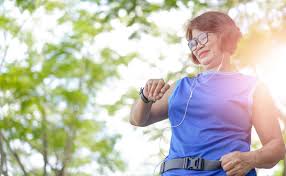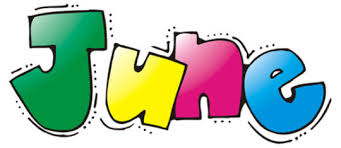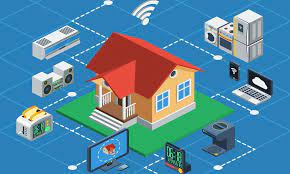Older adults can save tens of thousands of dollars annually by choosing assisted living communities over aging in place in their homes.
Unlike point solutions, Inspiren unifies resident safety, care planning, staffing, and emergency response into a single AI-powered platform.
An artificial intelligence-powered virtual assistant platform for senior living and care providers.

 August should have been a sleepy month – but no.
August should have been a sleepy month – but no.  It’s a slog searching for data about tech adoption of older adults. So many years of searching and trying to understand gaps in adoption, less and less usable data. Survey organizations exist that track adoption by age (think Pew Research, Nielsen, AARP) – but the frequency with which they publish surveys about technology has diminished over the years. Checking out the main page of
It’s a slog searching for data about tech adoption of older adults. So many years of searching and trying to understand gaps in adoption, less and less usable data. Survey organizations exist that track adoption by age (think Pew Research, Nielsen, AARP) – but the frequency with which they publish surveys about technology has diminished over the years. Checking out the main page of  June was a short, but pivotal month for aging and health. Months of research with executives from 27 organizations resulted in the completion of new report, The Future of Wearables and Older Adults 2021. It was presented on a panel at
June was a short, but pivotal month for aging and health. Months of research with executives from 27 organizations resulted in the completion of new report, The Future of Wearables and Older Adults 2021. It was presented on a panel at  Smart home tech – if it can be invented, it has been. It is the ultimate tinkerer’s fantasy, something from an ‘Open the Pod Bay Doors, Hal’ future. As we signal our car’s arrival on the street near our house, the home’s
Smart home tech – if it can be invented, it has been. It is the ultimate tinkerer’s fantasy, something from an ‘Open the Pod Bay Doors, Hal’ future. As we signal our car’s arrival on the street near our house, the home’s 